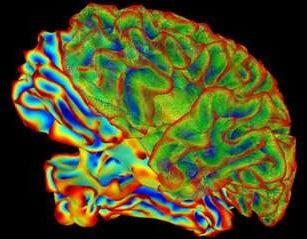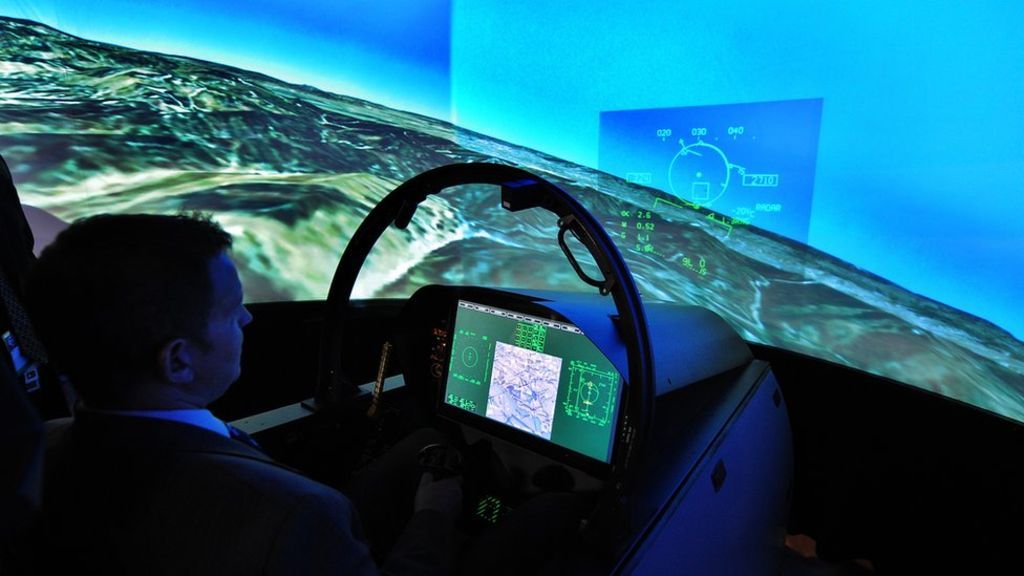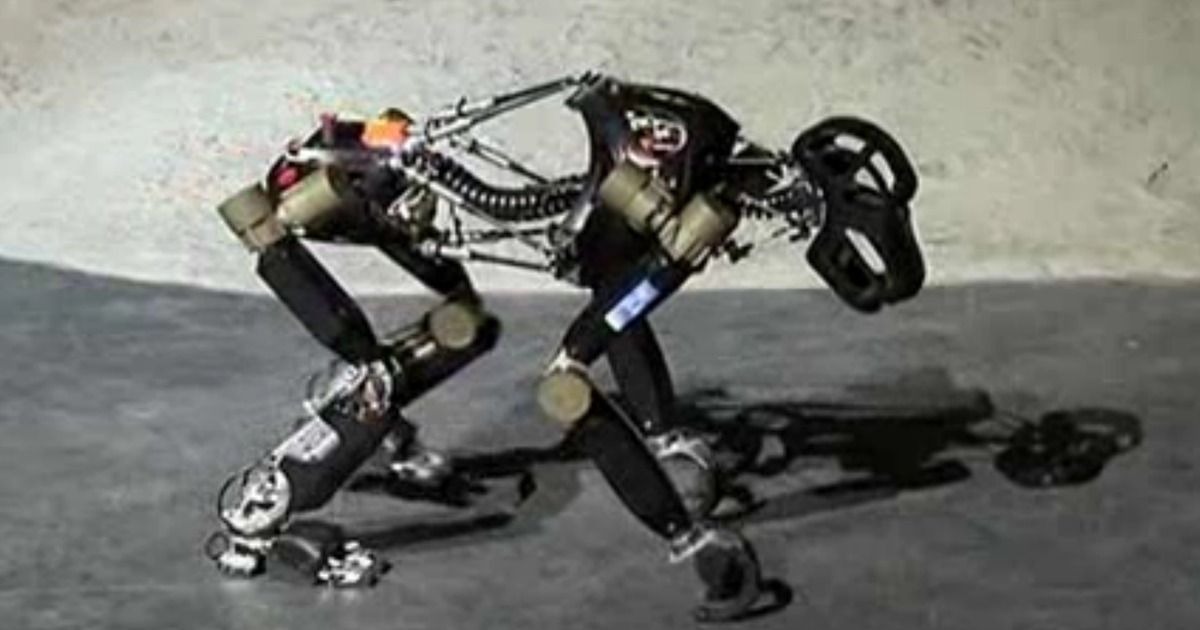Technology can be awkward. Our pockets are weighed down with ever-larger smartphones that are a pain to pull out when we’re in a rush. And attempts to make our devices more easily accessible with smartwatches have so far fallen flat. But what if a part of your body could become your computer, with a screen on your arm and maybe even a direct link to your brain?
Artificial electronic skin (e-skin) could one day make this a possibility. Researchers are developing flexible, bendable and even stretchable electronic circuits that can be applied directly to the skin. As well as turning your skin into a touchscreen, this could also help replace feeling if you’ve suffered burns or problems with your nervous system.










